PlayStation celebrates its 30th anniversary today. Yep, it has been three decades since the original console launched in Japan and changed video games forever. Sony started life as an outsider in the console space, challenging huge players like Sega and Nintendo because it wanted to prove a point. Who knew that a mission of pride would turn it into not only the most popular console brand in history, but one of the most iconic?
But a console is nothing without games to play on it, and lucky for PlayStation, it has them in spades. Throughout five mainline machines and two portable efforts, it has produced a library that few can lay claim to. As a girl who grew up on the brand, I want to look back at seven games that defined the PlayStation brand in the past, present, and future.
Final Fantasy 7
There was a time when Final Fantasy appearing outside of Nintendo platforms bordered on sacrilege. Ever since its inception in 1987, the role-playing series has been a primary attraction of the NES and SNES, so when SquareSoft decided to switch sides and embrace a 3D future, fans were outraged. It was viewed as the wrong decision, and one that would kill the series. How foolish we were to believe such a thing.
500 Years Later – An Oral History of Final Fantasy 7
is a wonderful trip down memory lane for fans of the series. It also shines a light on the switch from Nintendo to Sony and the amount of money PlayStation was willing to put behind the game to make it a success. Years later, the reasons behind making the transition are obvious.
Final Fantasy 7 changed everything. Not just for PlayStation, but the entire medium. It was the game that turned RPGs from niche experiences into globally dominant blockbusters. It pushed visuals, characters, scale, and a sheer sense of spectacle further than all games that came before it, acting as a statement of intent for the kind of games SquareSoft promised to deliver in the years to come.
Final Fantasys 8, 9, 10, and 12 are all bonafide classics that first began life on Sony’s machine, making it an unmatched third-party brand ambassador.
Final Fantasy has since become a multi-platform darling again, but its golden era on PS1 and PS2 made it inseparable from the brand, and no doubt helped spearhead the original console to superstardom. Even today, when I think of my memories of PlayStation, I can’t help but picture running through the opening reactor mission countless times as a child.
Crash Bandicoot
It’s hard to pick a platformer that truly defines the PlayStation experience. There are so many amazing ones to choose from which each have a distinct place in history. But few prove more iconic than Crash Bandicoot. He was also one of the earliest examples, with the debut entry arriving in 1996 and single-handedly putting Naughty Dog on the map.
While none of its levels had the open-ended freedom of Super Mario 64 or even the fluidity of Spyro The Dragon, there was something so focused and imaginative about Crash’s adventure that showed us what the 3D realm was capable of. Anyone could pick up and play and quickly find themselves pushing through each level hoping to collect everything in sight.
There is a
great video
about how Naughty Dog engineers essentially broke the PS1 hardware in order to get Crash Bandicoot working. Turns out Naughty Dog was breaking boundaries from the very beginning.
Crash Bandicoot feels like a distillation of the early PlayStation identity where Sony clearly wanted to compete with Nintendo and Sega, but also established itself as a fun, cool place where only the best video games could be played. It was building a brand, creating new mascots, and showing it was in this for the long haul. Years later, and Crash is once again a name that is undeniably PlayStation, even if the orange marsupial is now owned by Microsoft…
Shadow of the Colossus
Shadow of the Colossus is marvellous, and at the time it was hard to believe the PS2 was capable of running a game so ambitious. The act of taking down its myriad colossi still has me standing up from my sofa to cheer in triumph or shed a tear because these majestic beasts don’t deserve to die.
Much like Ico before it and The Last Guardian years later, Shadow of the Colossus showed that PlayStation is a console that isn’t just home for sprawling RPGs and platformers, but a perfect console for contemplative and melancholic masterpieces like this. It was the biggest console in the world for an entire generation, so developers naturally gravitated towards the black box, but as a result, it’s become the home of countless masterpieces.
I’ll never forget the double-whammy reveal of Final Fantasy 7 Rebirth and The Last Guardian at E3 2015. And then Sony followed that bombshell up with Shenmue 3…
PlayStation has everything, with its first-party library having more variety throughout its history than anyone else, and that’s why I’ve always held it so close to my heart. One second you could be murdering pirates as Nathan Drake and the next you’ll be contemplating your very existence as a lone warrior taking down giants. Each piece of art speaks to the wider PlayStation identity which has slowly but surely diluted itself over the years.
Hideo Kojima’s original take on tactical espionage action remains one of the most cinematic games ever created. Its director loves movies, so much so that when developing Metal Gear Solid he sought to emulate Hollywood blockbusters not just in its gameplay, but how both its characters and cutscenes were presented. It was one of the first times a game truly felt like a film, while simultaneously showcasing how the interactive medium can surpass its inspiration by allowing us to influence the outcome.
It was so ahead of its time, and a precursor to the narrative prestige that PlayStation planned to make its bread and butter in the years to come. Yes, the primitive visuals and corny dialogue age Metal Gear Solid somewhat, but it’s hard not to be blown away when you stop to recall it was created in 1998 when nothing else like it existed. Metal Gear Solid would remain a console staple until the fifth entry over a decade later, and even today, it’s difficult to comprehend how different PlayStation and Hideo Kojima would be if this stealth classic never broke cover.
Killzone 2
PlayStation has been on top for most of its existence, but it’s never been able to crack the first-person shooter genre or catch up to the brilliance of Halo. But it sure as hell tried, and nowhere is this more obvious than Killzone. Before Horizon Zero Dawn, Guerrilla cut its teeth on the Helghast with a shooter experience that was dark, gritty, and undeniably heavy in both its subject matter and gunplay.
The first was incredibly average, but the second wanted to blow everyone away, and when it debuted an obviously fake ‘gameplay reveal’ at E3 2005, it did just that. When the game arrived four years later, it was still gorgeous, though visually pared back and lacking the fluidity its infamous reveal claimed to have. Killzones 2, 3, and Shadow Fall are all decent shooters, but represent a part of PlayStation history where it desperately wanted to compete in a genre it simply didn’t have the pedigree for.
MAG – otherwise known as Massive Action Game – is another ill-fated step into the shooter genre from Sony.
It’s fascinating that today, aside from live-service efforts it either acquired or doesn’t have anything to do with, there still isn’t a flagship shooter on PlayStation. That opportunity has long passed, and it’s fascinating to look back on the decade spent trying to turn Killzone into the next big thing. But it just wasn’t meant to be.
Gran Turismo
While it isn’t as big a deal today as it was 20 years ago, Gran Turismo is always going to be a hallmark of PlayStation’s identity. For the past three decades, Sony has been handing a blank cheque to director Kazunori Yamauchi and giving the time and resources necessary to push the racing genre forward.
The man has a genuine love for motorsport and has made it its lifelong mission to translate that admiration into the virtual realm. Each and every game in the series is stylish, authentic, and arcade perfect in how it depicts the act of driving cars around some of the world’s most iconic tracks. It has more charm than Forza ever did, and seems to nail the essence of car culture that nothing else in video games can.
Here are some honourable mentions, so the fanboys don’t come and burn my house down – Knack, Silent Hill 2, Demon’s Souls, Persona 4 Golden, PaRappa The Rapper, Resident Evil, Bloodborne, The Last of Us, Ratchet & Clank, Ape Escape, and God of War. I told you there were a lot of amazing games.
Uncharted 2: Among Thieves
If Uncharted 2 wasn’t a success, PlayStation would be a very different company today. I’m unsure Naughty Dog would have ever developed The Last of Us if it hadn’t delivered such excellence in Nathan Drake’s second adventure, which curated many of the narrative and set piece hallmarks the developer has become known for. With each new game, the series became more ambitious, more complicated, and more serious in how it told stories and built elaborate set pieces.
This eventually evolved into Joel and Ellie’s post-apocalyptic debut, and with it, changed the landscape of triple-A video games together. Even today, Sony is still chasing that dragon of narrative prestige and framing its entire blockbuster library around such successes. It’s both a blessing and a curse, fundamentally changing the landscape of Sony’s first-party output as it turns PlayStation into a place with excellent exclusive games, but far fewer of them.





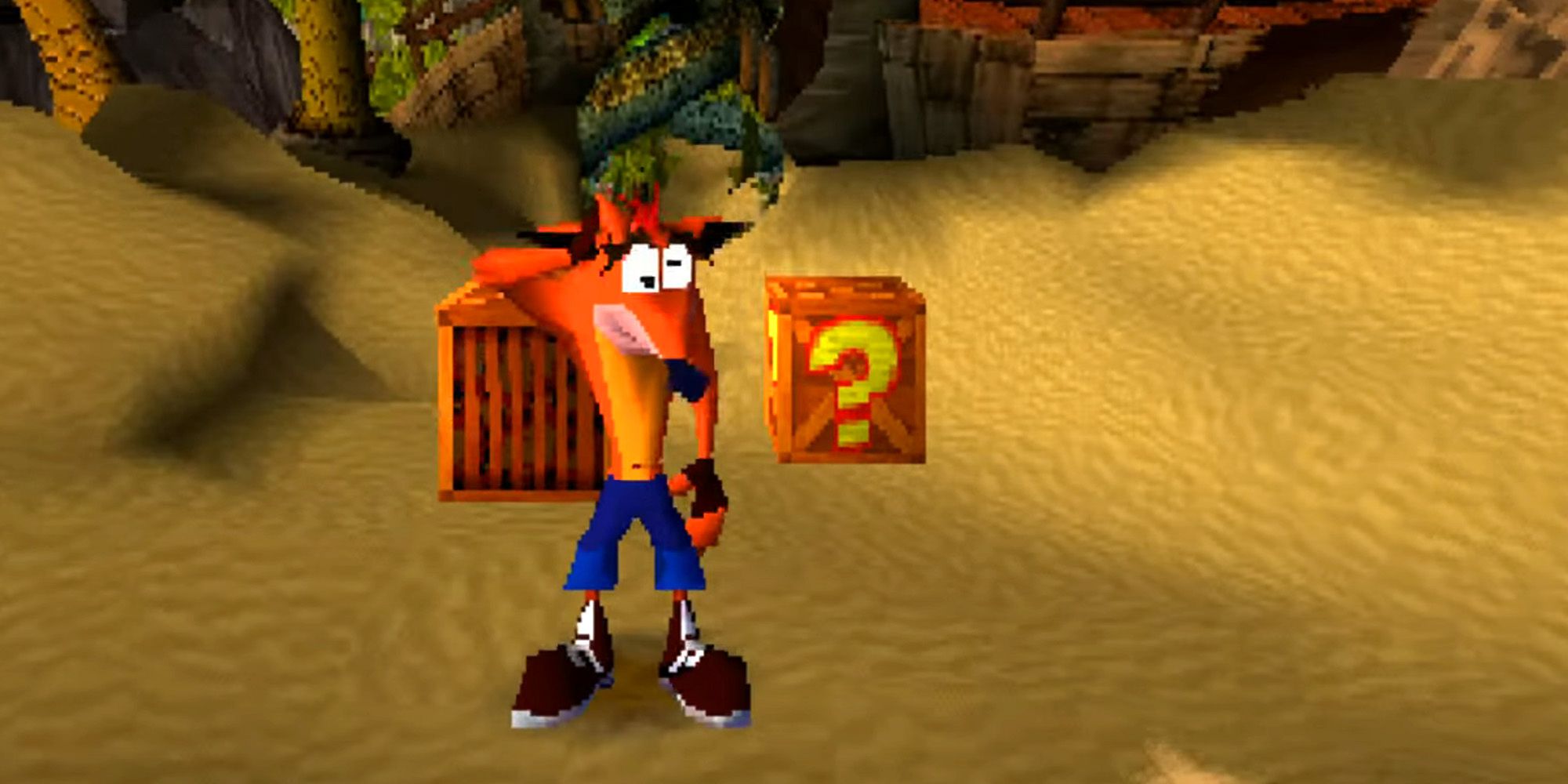
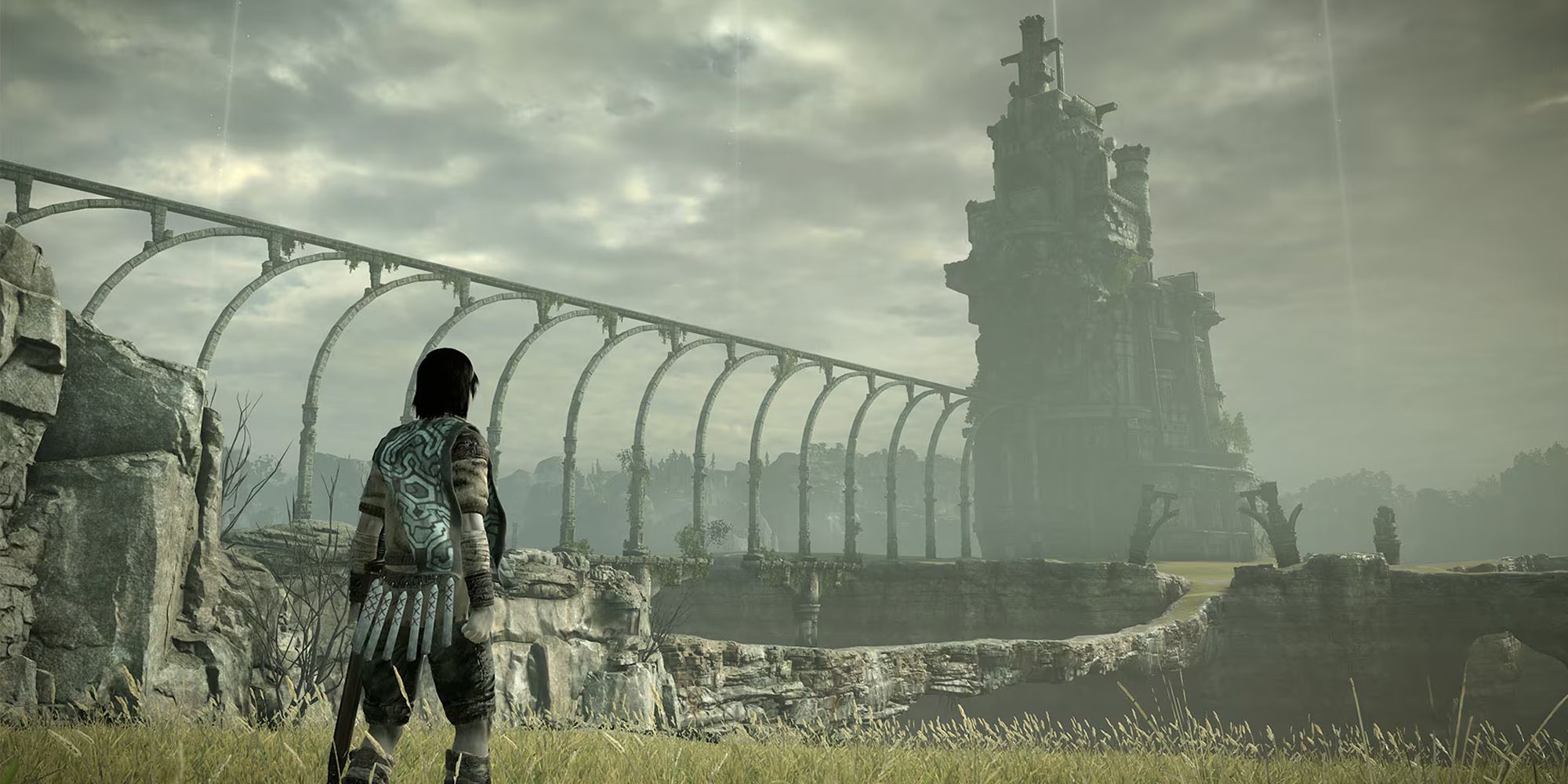



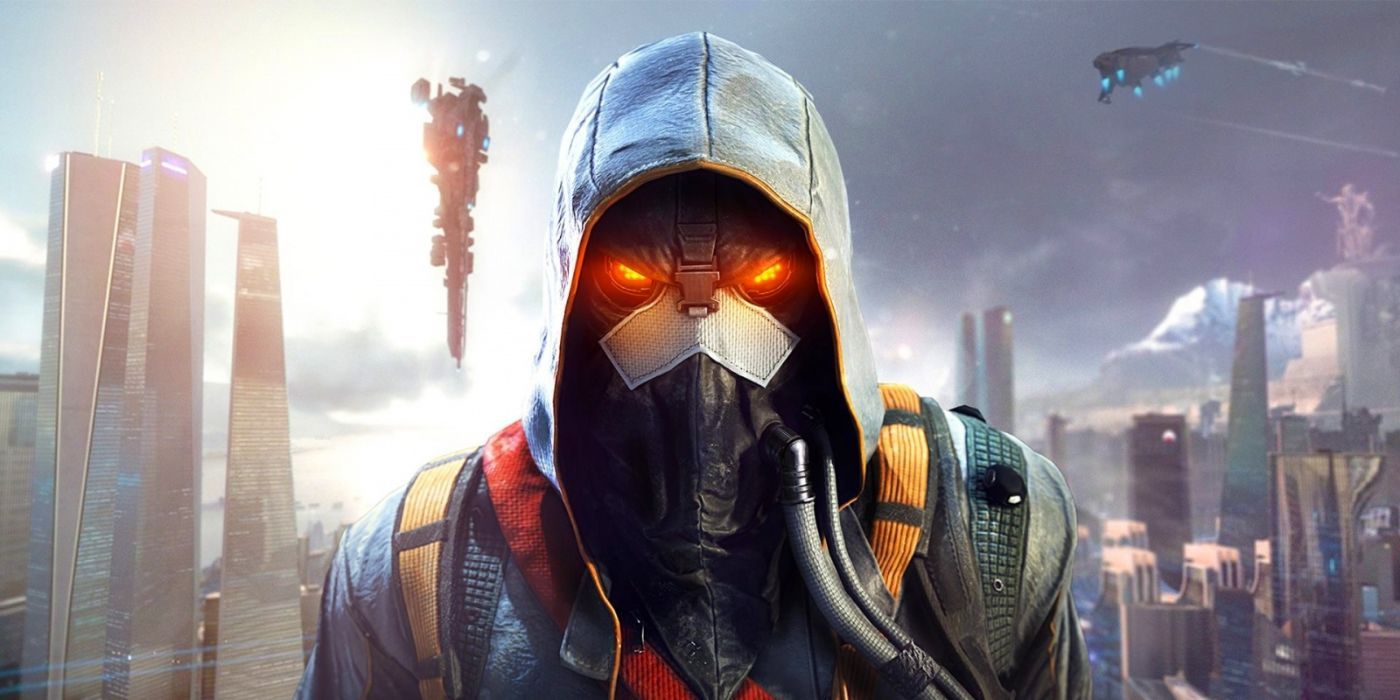





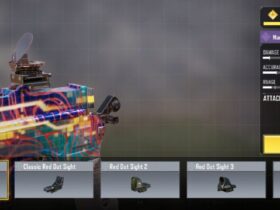





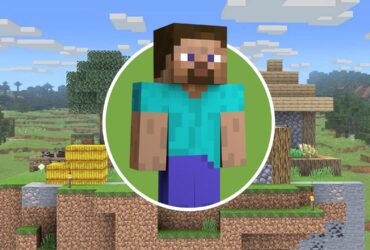
Leave a Reply